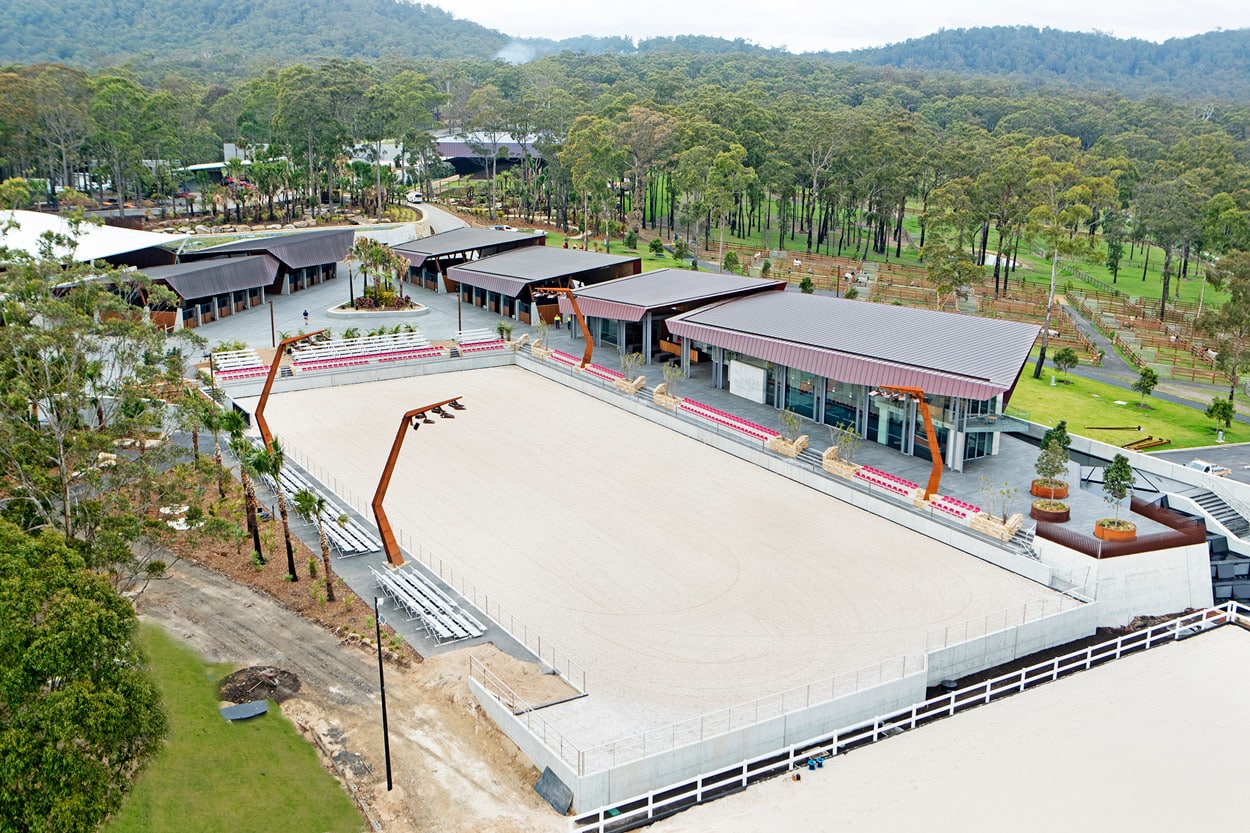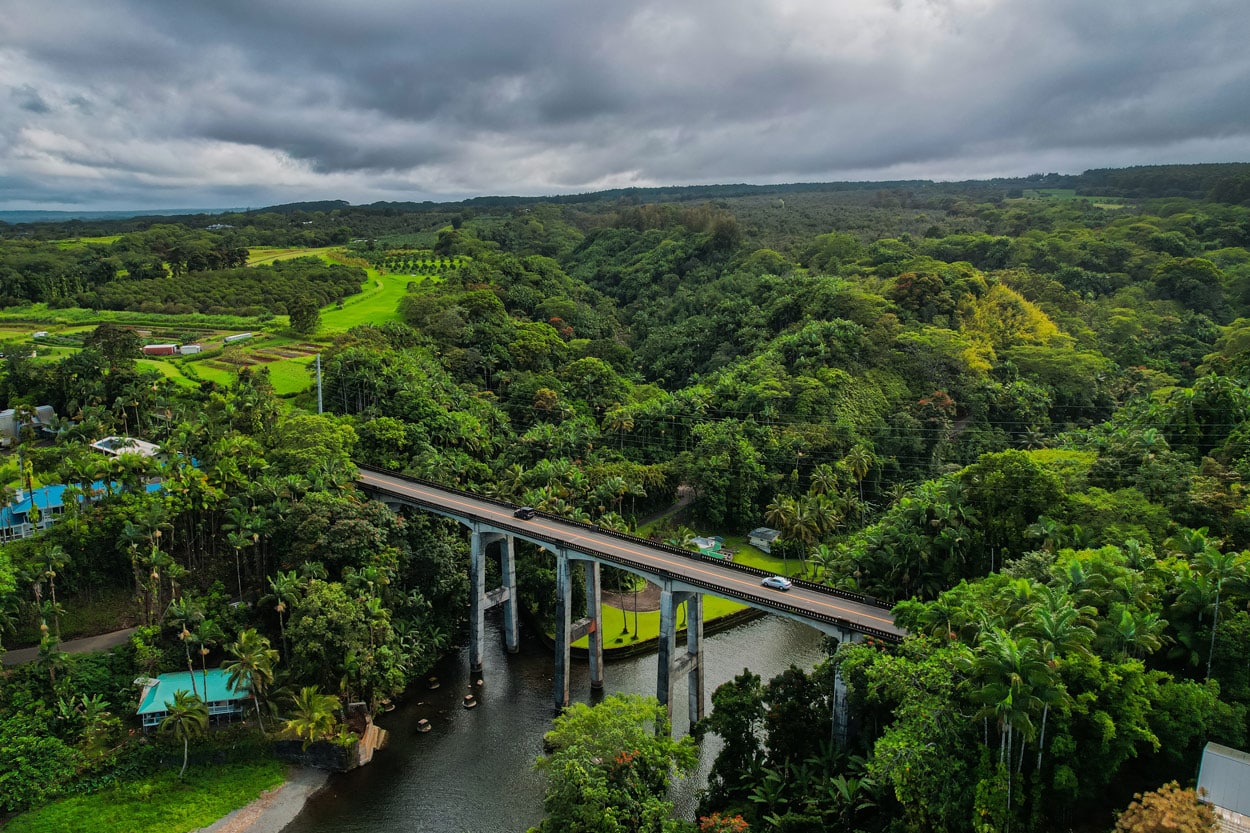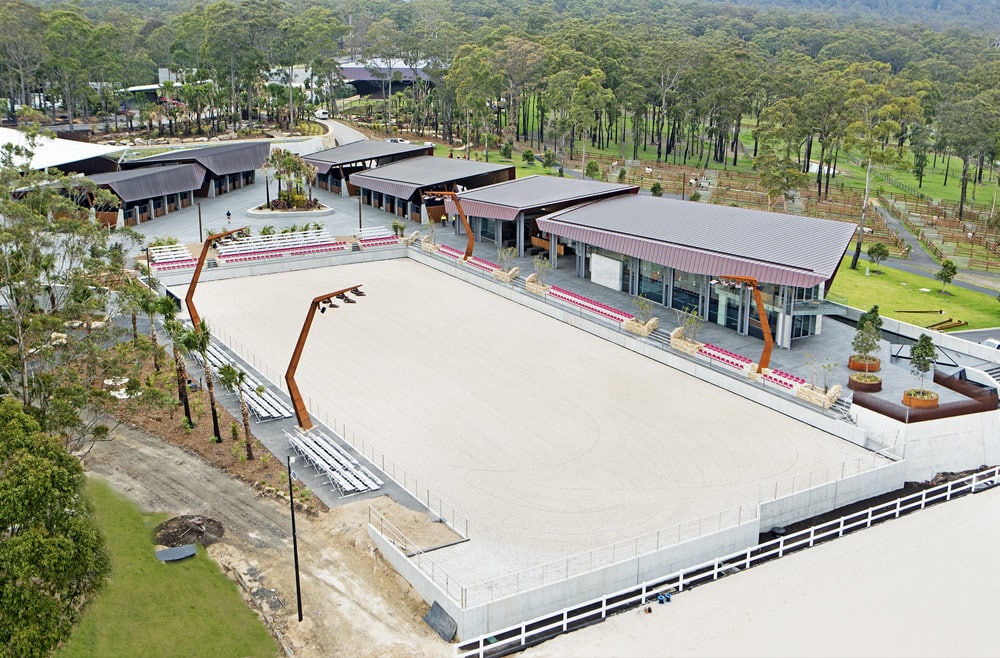The Microgrid 2021 Virtual Conference, organized by Microgrid Knowledge, offered presentations on topics ranging from optimizing models to protecting infrastructure during extreme weather. On Tuesday, May 18th, the conference hosted a panel discussion titled, “How Microgrids Reduce Energy Costs,” which featured case studies from four leaders of ongoing or completed microgrid solutions around the world.
The case studies were presented by Bill Becker, the Renewable Energy Sales Manager at ComAP; Cordelia Thielitz, Vice President for Business Development, Product Management, and Strategy for Sustainable Solution at MTU Friedrichshafen GmbH, a Rolls-Royce Power Systems company; and, working as a team, Brian Curtis, Founder and CEO of Concentric Power, and Rene Mendez, City Manager of Gonzales, California.
Elena Cahill, Founder and President of Globele Energy, LLC served as moderator.
“At the Edge of the Grid”
In the first presentation, Mr. Becker described the challenges faced by the Willinga Park Equestrian Centre, which is a four-hour-long drive south of Sydney, Australia. Described by Mr. Becker as, “at the edge of the grid,” this area experiences unreliable service from the legacy grid, is prone to wildfires, and has the unique challenge of extreme spikes in energy demands and load profiles during sporting events vs the lull between events.
These spikes in demand manifested as “four distinct operating conditions:” connected to the grid under normal circumstances, connected to the grid during events, islanded from the grid during normal periods, and islanded from the grid during events. Prior to the microgrid project, normal mode could be sufficiently powered by the local utility, but events “vastly exceed[ed] the capacity of the local grid connections.” The owners of the facility chose to pursue a microgrid system because they believed it would be cheaper to produce their own extra energy for events, rather than invest in energy distribution infrastructure that wouldn’t be used during non-event periods.
By the completion of the project, under normal conditions, connected to the grid or islanded, the facility operated at minimal cost, powered by only 500 kW of photovoltaic (PV) solar panel arrays and a bank of Tesla batteries. During events or after multiple consecutive days with dense cloud coverage, the facility added one or more diesel-powered generators to the system.
While connected to the grid, Willinga Park Equestrian Centre achieves a net export of energy back to the grid and consumes less than 5% of energy each year from non-renewables.

Avoiding Peak Pricing and Predicting the Future
In her presentation, Ms. Thielitz described three microgrid projects that each found their own way to reduce energy costs. The first, an “Eco Resort” in Indonesia, set a goal of phasing out all petrol generators by 2022, installed 125 kW of solar PV panels and batteries, and reduced diesel consumption by 55%. Currently, this saves them $40,000 per year. The second microgrid services an aboriginal village in Australia. By switching from electricity generated from 3 diesel engines to a 1MW peak PV system, the village now saves $400,000 every year by switching off the generators for 10 hours every day. The third project, based in Costa Rica, offered a novel way for microgrid systems to save money.
Costa Rican utilities charge consumers high “tariffs” for electricity during peak demand times, reaching up to 4.5 times the night-time cost of energy. A textile manufacturing factory located near the center of the country didn’t want to continue paying these inflated prices, so they turned to microgrids for a more reliably affordable source of energy. The facility’s new 690 PV panels plus batteries can generate 255 kW and allow the complex to operate independently from the grid for 5 hours each day. With $500,000 per year in expected savings, the entire system is expected to pay for itself in 4 years while also preventing the release of 285,000 tons of carbon dioxide emissions each year.
According to Ms. Thielitz, “Eventually, microgrids are not just about coupling PV and wind to batteries with fossil fuel-based generators as a back-up. We will see…fuel cells, electrolyzers, and the deployment of synthetic fuel-based engines.” Future technology upgrades will further reduce carbon dioxide and other greenhouse gas emissions, thereby mitigating some of the impacts of climate change.

Using Microgrids to Build and Secure the Economy
During the final presentation of the session, Mr. Curtis and Mr. Mendez jointly explained how a community-scale microgrid functions as a municipal utility company that provides energy for an entire agricultural-industrial park.
Based in the small city of Gonzales in central California, from the beginning, this project was designed to accommodate rapid future commercial growth, with only a third of the park currently built out. The two greatest challenges to growth are expected to be power and wastewater management. In order to address both challenges simultaneously, the system encompasses 15 MW of solar energy generation, co-located above the new wastewater treatment plant’s percolation ponds, along with storage and distribution, including a new power substation.
Phase 1 of the project services 6 refrigerated processing facilities, each of which are large consumers, using 80%-85% solar energy. Natural gas currently supplies the rest of the power, but it is expected to eventually be phased out in favor of alternative fuels.
The city has supported this massive microgrid project for the predicted economic benefits. Over the last 10 years, the industrial park has created more than 1,000 jobs and the new microgrid is expected to double that, expanding the tax base for the city, which has a population of only 8,400. Additionally, the new infrastructure will provide reliable electricity without fear of the random “public safety power shutoffs” imposed by the former utility, Pacific Gas & Electric. The last shutoff, in late 2019, lasted for two days and resulted in the loss of millions of dollars-worth of produce.
Optimizing Your Costs
Microgrids are a unique tool that can be customized for any situation. Their myriad benefits range from mitigating climate change to improving system resiliency. The four speakers of this session of the conference emphasized how microgrids can be used to reduce energy costs: by matching infrastructure to load, reducing diesel consumption, avoiding peak pricing, and improving energy security.
VECKTA’s Rapid Energy Assessor provides instant insights into optimizing your energy costs, reducing your carbon footprint, and increasing your power resiliency, and gives you access to the integrated energy transition market platform to turn distributed energy goals into reality quickly and cost-effectively.
Photo credits: (Willinga Park) (Tyler Staub / Unsplash )


